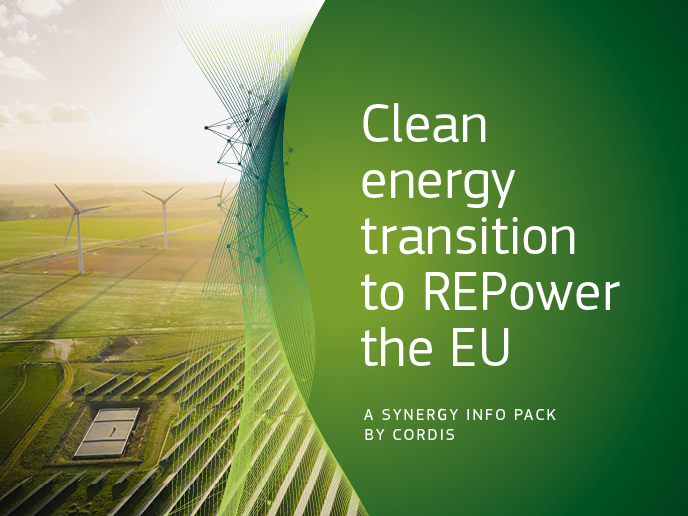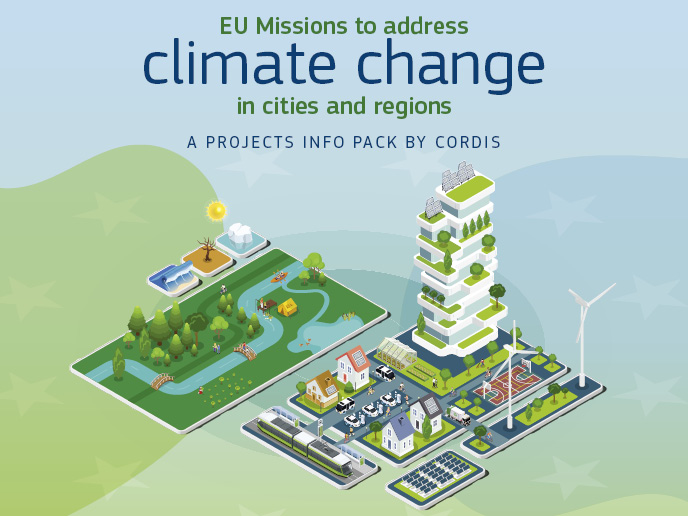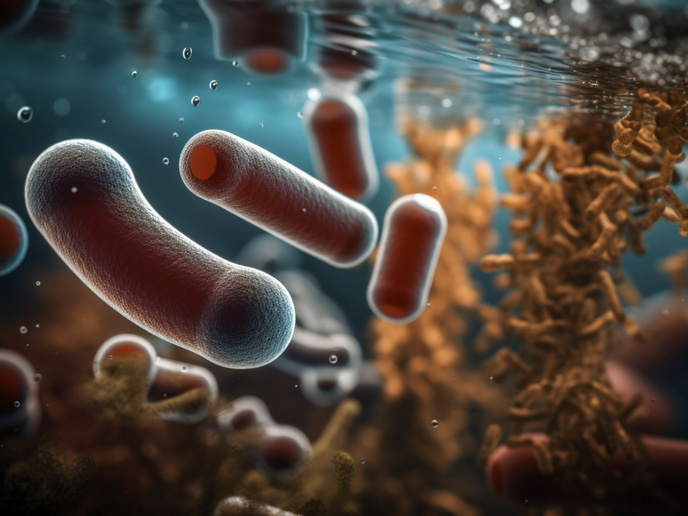Microbes and monsoons
Knowledge of terrestrial microbial processes is crucial for accurate climate change predictions, as they regulate greenhouse gas (GHG) emissions, and therefore potentially important earth system feedbacks. However, these processes are not yet fully understood, resulting in uncertainty when determining how they will affect the climate and atmosphere in the future. The EU-funded TIBETMETH project addressed an aspect of this challenge by studying organisms involved in carbon cycling in the Tibetan Plateau of central Asia. Researchers investigated key hydrological indicators and quantified biomarker tracers for different organisms that lived in the peat bog over the past 6000 years. Links between precipitation, vegetation, redox conditions and microorganism-controlled processes, especially methane production (methanogenesis), were also determined. Methane was studied as it is an important GHG. The aim was to gain a clearer understanding of the production and use of methane by bacteria and other living organisms. This was achieved with the aid of state-of-the-art chromatography and mass spectrometry technology. Results showed how changes in the Asian monsoon affected emissions of methane from the Tibetan Plateau. During relatively dry intervals the biomass of methane-producing microorganisms decreased, while methane-consuming microorganisms appeared to become more efficient. Other researchers have hypothesised that as the Asian monsoon became weaker over the past 6 000 years, methane emissions were also reduced. Results from TIBETMETH revealed that this is precisely what happened on the Tibetan Plateau. TIBETMETH also suggested that the dry interval studied was due to large-scale changes in atmospheric circulation patterns. Therefore, just as past changes influenced methane emissions, so too could future climate change. Data from the project will give scientists a clearer picture of how changes to the Asian monsoon affect both modern and ancient methane biogeochemistry. This information will ultimately become part of a framework of known and hypothesised relationships between microorganisms and climate change.







